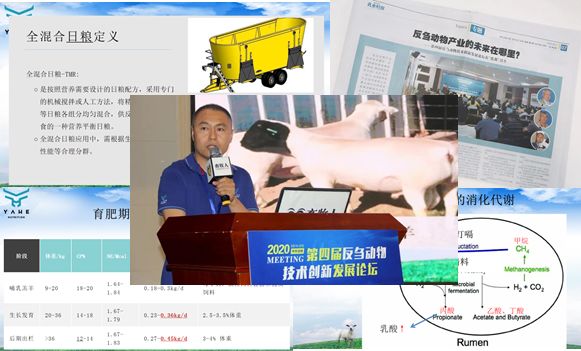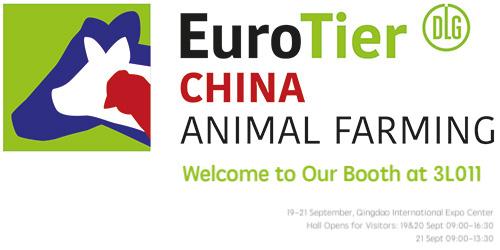The United States Department of Agriculture (USDA) formally decided to withdraw the final provisions of the "Organic Livestock Production Practice (OLPP)" issued on January 19, 2017. The regulation originally increased the federal supervision of certified organic producers and processors' livestock and poultry production practices, and the regulation will be officially canceled on May 13, 2018.
In December 2017, the US Department of Agriculture had plans to abolish the "Practice of Organic Livestock Production," but the USDA continued to accept public comments until January 17, 2018.
The US Department of Agriculture said in a press release on March 12 that the rule caused major policy and legal issues after its release in January 2017. After careful review and two rounds of public comment, the US Department of Agriculture determined that the regulations exceeded the legal authority of the department, and changes in current organic production regulations may have a negative impact on people ’s voluntary participation in the National Organic Program (NOP). These effects include The actual costs incurred by producers and consumers.
"The existing strong organic livestock regulations are effective," said Greg Ibach, the US Department of Agriculture's Deputy Secretary of Marketing and Regulatory Programs. "The continued growth of the organic industry both domestically and globally shows that consumers believe that current methods can balance consumer expectations and the needs of organic producers and distributors."
The 2017 USDA report shows that the number of certified organic production companies in the United States and globally increased by 7% and 11%, respectively. Industry forecasts show that organic product sales in the United States were close to 47 billion U.S. dollars in 2016, which means that sales of organic products have increased by nearly 3.7 billion U.S. dollars since 2015.
The US Department of Agriculture stated that before the rules were cancelled, the public's comments and the cost and benefits to the producers and consumers of the additional rules were carefully considered.
As early as April 2016, the US Department of Agriculture ’s Agricultural Marketing Service issued a draft rule that requires sufficient space for all livestock and poultry in the US National Organic Certification Program so that livestock and poultry can lie down, Turn around, stand up, and fully extend your limbs without touching other animals and the sides of the field: let these animals express their instincts. This 181-page draft rule will establish rules for organic poultry housing, transportation and slaughter. Specific requirements are as follows:
1. Provide outdoor activity areas for chickens throughout the year, and at least 50% of the activity area is covered by soil. The roofed area attached to the house will not be counted as outdoor area.
2. Under clear weather, there must be natural light shining into the poultry house.
3. Poultry houses with slatted floor or grid floor must provide at least 30% solid floor, and there must be enough litter space for the chickens to sand bath.
4. Depending on the type of poultry house, the maximum density of hens per square foot of indoor space ranges from 2.25 to 4.5 pounds. It is recommended that each poultry have at least 2 square feet of space.
5. Provide outdoor “enrichment” areas to encourage birds to use these spaces. The allowed density of hens per square foot of outdoor space is 2.25 pounds, or about 2 square feet per chicken.
6. Except for boars, all pigs adopt group breeding. All sports areas must meet the needs of pig arches. Sows in farrowing and lactation periods can be raised separately. Piglets cannot be placed in flat plates or piglet cages.
7. All livestock and poultry must be in good health during transportation and slaughter. Sick, injured, weak, and disabled animals cannot be transported, sold, or slaughtered. Livestock and poultry enclosures must provide ventilation measures suitable for different seasons to protect the animals from cold and hot stress. Mats must be provided on the floor of the mobile pen and waiting corrals. If the transportation and waiting time exceeds 12 hours, the animal must be provided with water and organic feed.


.jpeg)

.jpeg)
